Introduction
Homemade stewed pork knuckle bones, a dish brimming with rich flavors and nutritious goodness, is a comfort food cherished by many. This hearty meal, often found in various cuisines across Asia and Europe, combines tender meat, marrow-filled bones, and a savory broth that is perfect for dipping bread or pairing with a side of rice. While restaurant versions can be delightful, there’s something uniquely satisfying about crafting this dish at home. In this guide, we’ll walk you through the step-by-step process of making homemade stewed pork knuckle bones, ensuring you achieve a result that’s both delicious and nutritious.
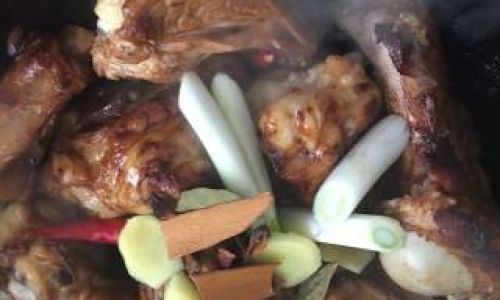
Section 1: Preparing the Ingredients
Before diving into the cooking process, gathering and preparing the ingredients is crucial. Here’s a comprehensive list of what you’ll need:
- Pork Knuckle Bones: The star of the dish, ideally sourced from a trusted butcher or grocery store. Look for bones that are meaty and have a good amount of marrow.
- Vegetables: A mix of carrots, celery, onions, and garlic adds depth and sweetness to the broth.
- Aromatics and Spices: Bay leaves, black peppercorns, whole cloves, and a cinnamon stick provide a warm, aromatic backbone.
- Seasonings: Salt, soy sauce (optional for added umami), and a touch of brown sugar can balance the flavors.
- Liquid: Water or broth (chicken or vegetable) forms the base of the stew.
- Herbs: Fresh parsley or cilantro for garnish.
- Optional Additions: Starchy vegetables like potatoes or sweet potatoes, or noodles, can be added towards the end of cooking for a heartier dish.
Section 2: Preparing the Pork Knuckle Bones
-
Cleaning the Bones: Rinse the pork knuckle bones under cold running water to remove any surface impurities or blood. Pat them dry using paper towels.
-
Blanching: To further cleanse the bones and draw out impurities, blanch them in boiling water for about 5-7 minutes. Discard the water used for blanching and rinse the bones again under cold water. This step helps to produce a clearer, more flavorful broth.
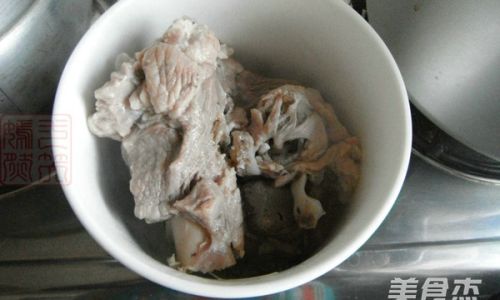
-
Seasoning the Bones: Lightly season the bones with salt on all sides. This helps to enhance their natural flavors during the stewing process.
Section 3: Assembling the Stew
-
Sautéing Aromatics: In a large, heavy-bottomed pot or Dutch oven, heat a tablespoon of oil over medium heat. Add chopped onions, carrots, celery, and garlic. Sauté until the vegetables are softened and slightly caramelized, about 5-7 minutes. This releases their natural sugars and adds a layer of sweetness to the broth.
-
Adding the Bones: Place the seasoned pork knuckle bones on top of the sautéed vegetables. This ensures the bones are not directly in contact with the bottom of the pot, preventing them from burning.
-
Adding Spices and Liquid: Sprinkle the bay leaves, black peppercorns, cloves, and cinnamon stick around the bones. Pour in enough water or broth to fully submerge the bones and vegetables. The liquid level should be about an inch above the contents of the pot.
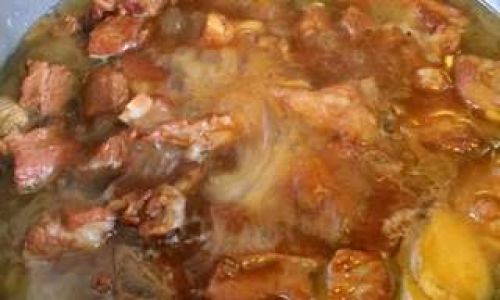
-
Seasoning the Broth: Add salt to taste, along with a splash of soy sauce if using. A pinch of brown sugar can help round out the flavors, making the broth more balanced and inviting.
Section 4: Simmering to Perfection
-
Bringing to a Boil: Place the pot on the stove over high heat and bring the contents to a rolling boil. Skim off any foam or impurities that rise to the surface using a ladle. This step ensures a cleaner, clearer broth.
-
Reducing the Heat: Once boiling, reduce the heat to low or medium-low and let the stew simmer gently. The key to tender, flavorful bones is slow, steady cooking. Aim for a gentle simmer, not a rolling boil, as this helps to preserve the broth’s flavors and keeps the meat from drying out.
-
Cooking Time: Allow the stew to simmer for at least 2-3 hours, or until the meat is very tender and can be easily pulled off the bone. The longer the cooking time, the more flavor will develop in the broth and the more tender the meat will become.
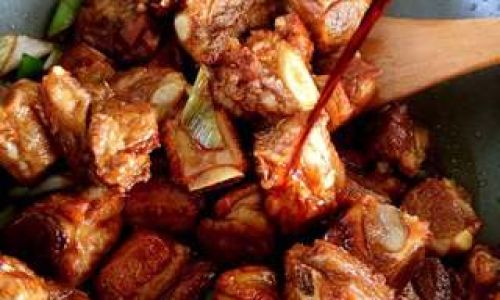
-
Checking and Adjusting: Periodically check the stew, skimming off any additional foam if necessary. Taste the broth and adjust the seasoning with more salt, pepper, or soy sauce as desired. If the broth becomes too reduced, add a little more water or broth to maintain the desired consistency.
Section 5: Finishing Touches
-
Adding Optional Ingredients: If you’re incorporating potatoes, sweet potatoes, or noodles, add them in the final 30-45 minutes of cooking. These ingredients should be tender but not overcooked.
-
Testing for Doneness: Use a fork to pierce one of the larger bones. The meat should slide off easily, and the marrow inside should be soft and creamy.
-
Garnishing: Once the stew is done, remove the pot from heat. Ladle the stew into bowls, making sure each serving includes a piece of knuckle bone with plenty of meat and marrow. Garnish with freshly chopped parsley or cilantro for a burst of fresh flavor and color.
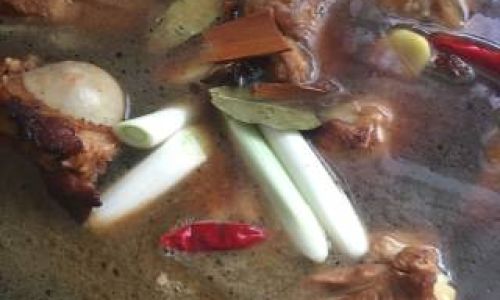
Section 6: Serving and Enjoying
Serve your homemade stewed pork knuckle bones with a side of crusty bread for sopping up the delicious broth, or pair it with a simple green salad for a more balanced meal. This dish is perfect for family gatherings, cozy dinner nights in, or as a hearty lunch that will keep you satisfied throughout the day.
Conclusion
Making homemade stewed pork knuckle bones may seem like a daunting task, but with the right ingredients and patience, you can achieve a dish that’s not only delicious but also packed with nutrients. The slow cooking process allows the flavors to meld together, creating a broth that’s rich, savory, and deeply satisfying. Whether you’re looking to impress guests or simply treat yourself to a comforting meal, this recipe is sure to deliver. Enjoy the process and savor every bite!

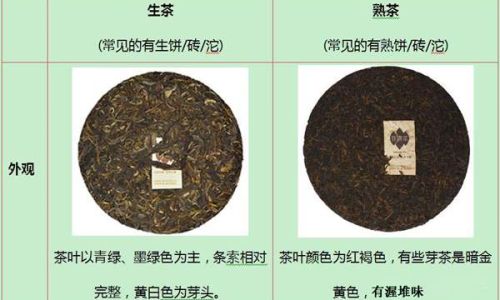
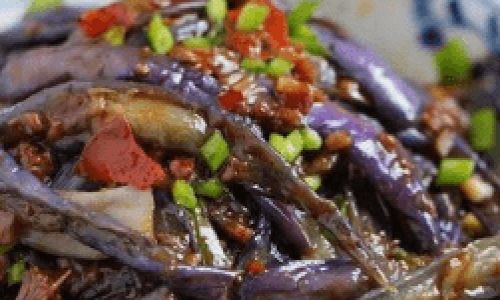

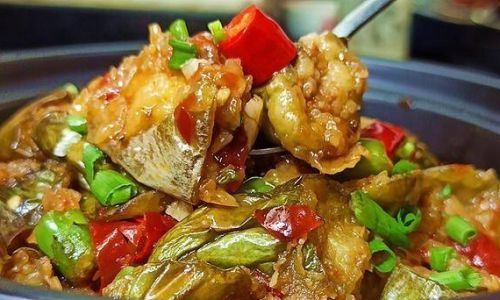
0 comments